BMW i4 brings electrification to the brand’s classic design language
The BMW i4 is an electric car that channels the BMW look, proportion and design language honed over generations of ICE counterparts

We had reservations about BMW’s most high-profile foray into electrification to date, the mighty, somewhat aesthetically challenged BMW iX. If you can muster sufficient faith in BMW’s far, far future-facing design approach, then the iX is actually one of the better electric cars on the market, a machine built without compromise. In comparison, the other new EV in the BMW fold, the BMW i4, takes a very different tack.
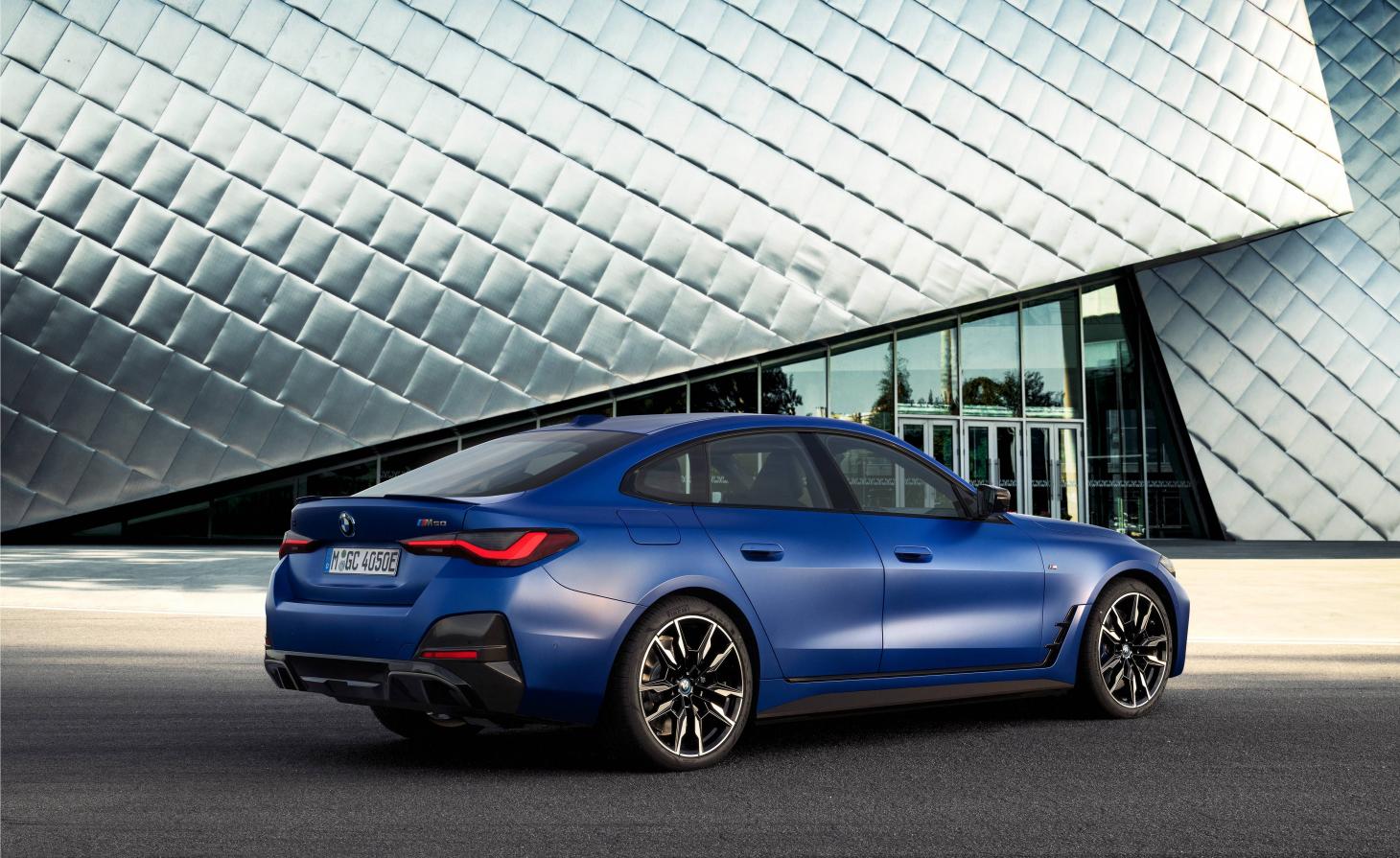
This is the i4 M50, the flagship performance variant of BMW’s new i4. It treads far more familiar stylistic ground than the unique iX, mainly because it shares a platform and many components with its sister vehicle, the 4 Series Gran Coupé.
The main difference, beyond the absence of an internal combustion engine, is a much larger and more generous dashboard screen. Unlike the svelte i4 Concept shown back in 2020, the rest of the interior is standard BMW, with a blend of dark leather, carbon-fibre finishes and chromed details.

As a result of this shared heritage, the i4 isn’t perhaps as efficient a design as it could have been. The clean sheet is a big attraction of EVs, but the astronomical cost of developing a new car platform means that sharing components between ICE and EV models is a better short-term strategy.
The upcoming BMW i7 will have a similar relationship to the next generation 7-Series saloon. However, in both cases, BMW has positioned the battery-powered cars at the very top of the product tree as the ultimate technological and performance showcase.
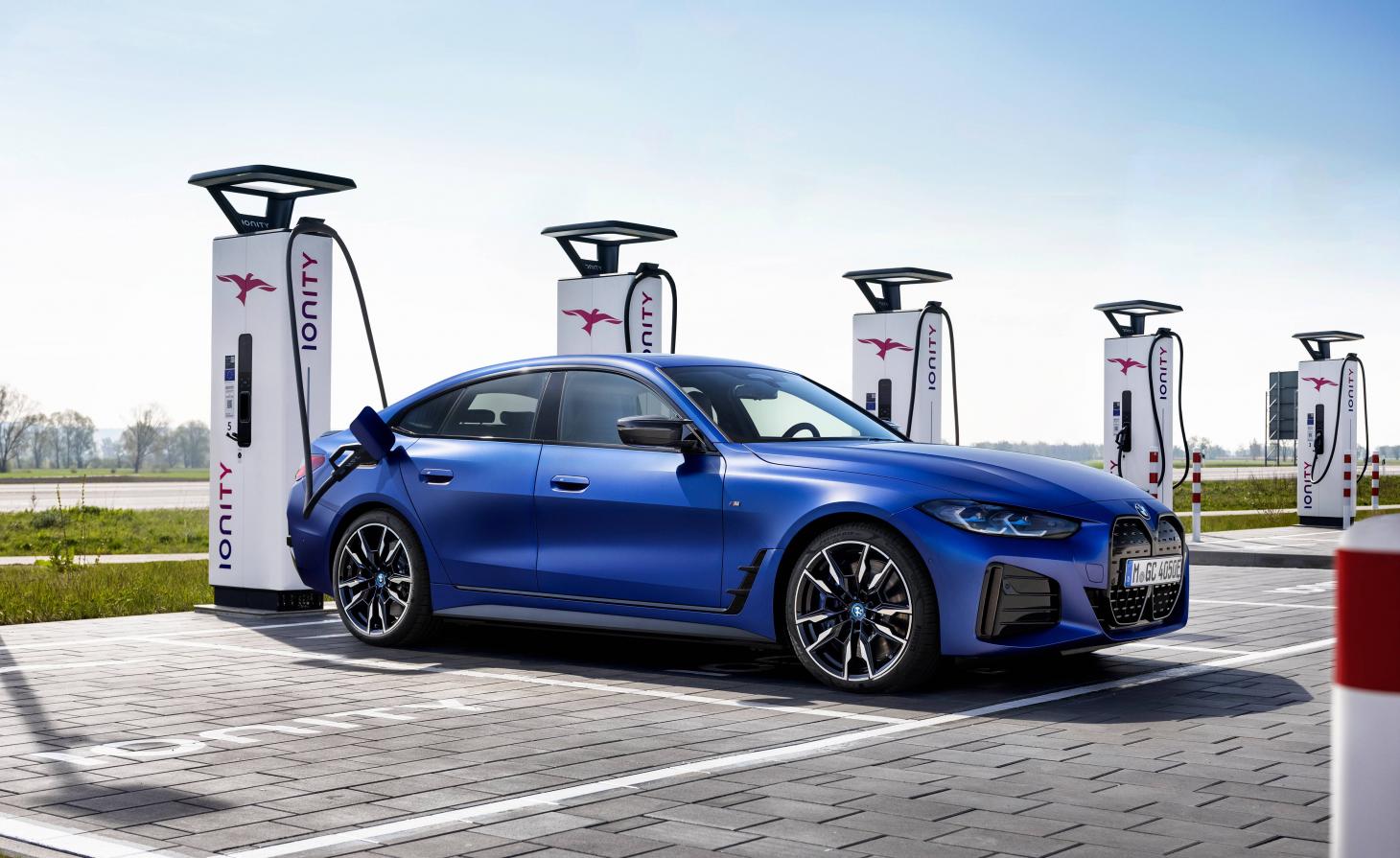
This shared approach means that ICE and EV share the common BMW look and proportion, a design language honed over generations. Although BMW has never shied away from aesthetic controversy, as the iX and its older siblings, the i3 and i8, attest, its production models tend to keep proportions clean and over-emphasise the details.
The i4, therefore, shares the big-grille grimace of its sister EV. Under the skin, however, the iX is very much its own beast, with no shared bits and pieces beyond the motors, gearbox and batteries that make up the electric drivetrain.

The i4 comes in several flavours, the most potent of which is the i40 M50. Bestowing the coveted ‘M’ badge on an EV is not without its compromises.
Receive our daily digest of inspiration, escapism and design stories from around the world direct to your inbox.
There is prodigious performance on tap, but as ever it comes at the expense of range, the perpetual balancing act that every EV has to undertake.
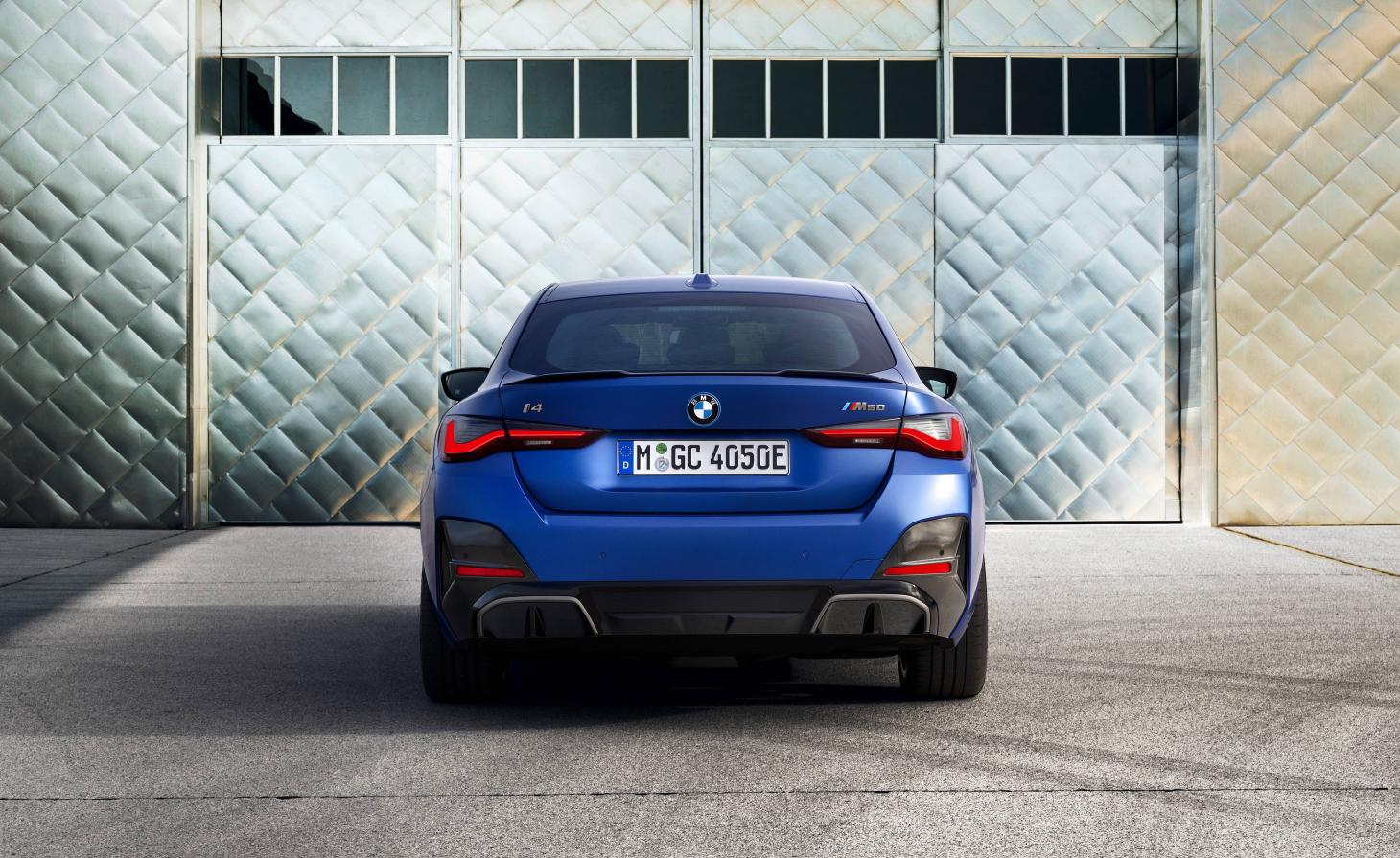
This tightrope is one reason why high-performance GT-style EVs often make more sense when the dial is turned down a little bit. Just like with the Porsche Taycan, the most powerful models don’t necessarily go the furthest, and while (tiresome) bragging rights might be important to some, getting to where you want to go without a hint of anxiety is far more important.
Case in point, if you opt for the ‘base’ eDrive40 Sport model, you’ll get up to 365 miles of range. This model, the M50, is supposed to shift 315 miles between top-ups. However, a near-brimmed battery showed just under 220 miles of range, and using even small dollops of the available wallop quickly ate away at those numbers. Likewise, the humbler Taycan GTS bests the range offered by the Taycan Turbo and Turbo S versions. Faster is by no means better.
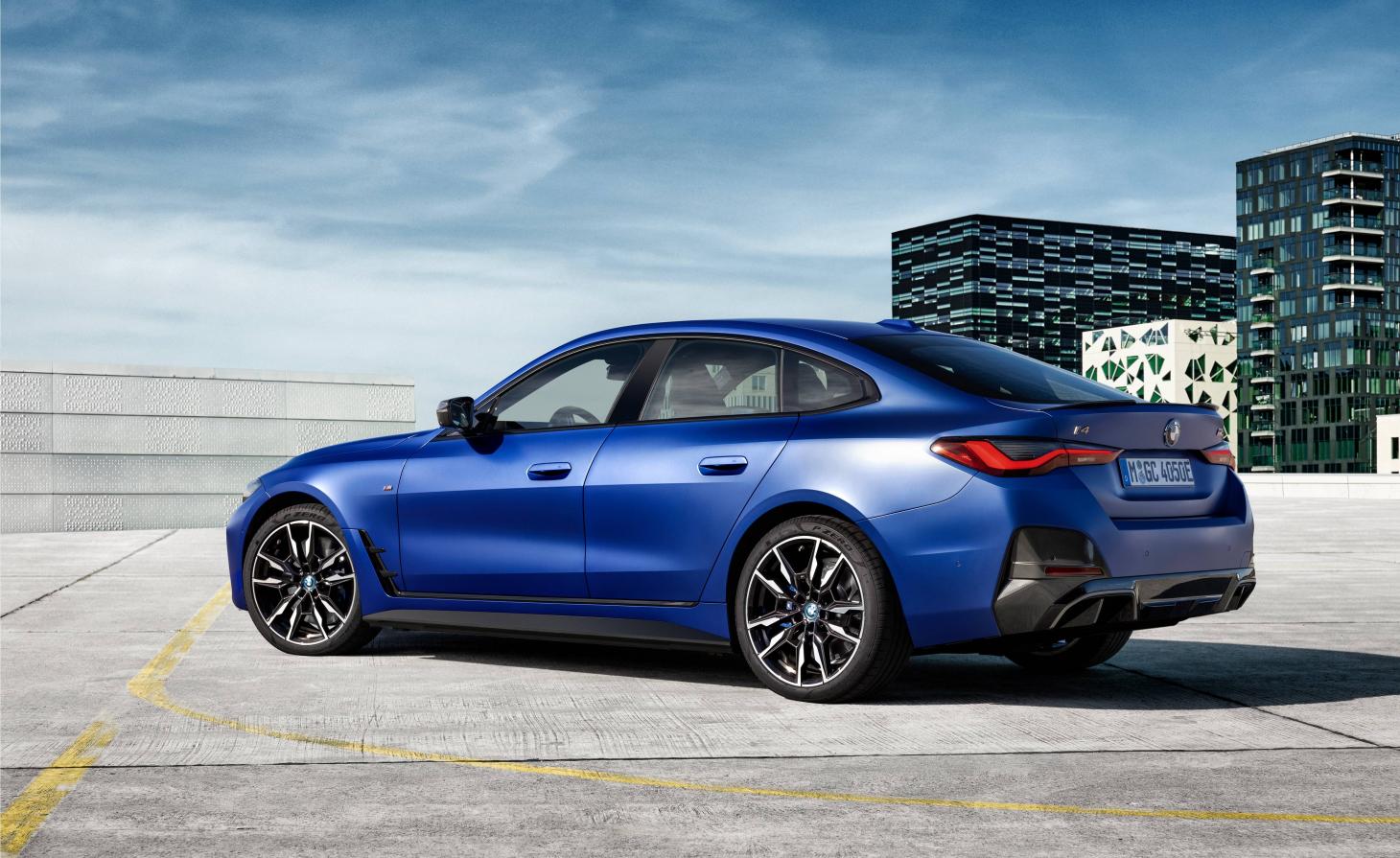
With the i4 M50, what you lose in all-out practicality you make up for in familiarity, for the driving experience, layout and handling all defer to BMW’s tried and tested formula of driver-focused appeal. This alone might swing it for sceptics, who want to go electric but aren’t ready to discard the accoutrements of conventional auto design. Still, you can’t help but think that you’re paying a high price for all that rarely used performance potential, as if you’d packed a pair of dumbbells in your carry-on luggage.
After i7, BMW’s cross-pollination between battery-only EVs, hybrids, and conventional ICE cars will continue for a few years yet. Like most car companies with a very broad product portfolio, BMW is still hedging its bets about newer technologies like hydrogen drive, and last year’s Concept XM indicates the form of a new ‘M’-only hybrid crossover model for 2023. Whatever transpires with future fuelling technology, BMW’s diverse approach to size, shape, and market segment looks set to continue.
INFORMATION
BMW i4, from £51,905; as tested (BMW i4 M50), £76,600
Jonathan Bell has written for Wallpaper* magazine since 1999, covering everything from architecture and transport design to books, tech and graphic design. He is now the magazine’s Transport and Technology Editor. Jonathan has written and edited 15 books, including Concept Car Design, 21st Century House, and The New Modern House. He is also the host of Wallpaper’s first podcast.
-
 Roland and Karimoku expand their range of handcrafted Kiyola digital pianos
Roland and Karimoku expand their range of handcrafted Kiyola digital pianosThe new Roland KF-20 and KF-25 are the latest exquisitely crafted digital pianos from Roland, fusing traditional furniture-making methods with high-tech sound
-
 Fulham FC’s new Riverside Stand by Populous reshapes the match-day experience and beyond
Fulham FC’s new Riverside Stand by Populous reshapes the match-day experience and beyondPopulous has transformed Fulham FC’s image with a glamorous new stand, part of its mission to create the next generation of entertainment architecture, from London to Rome and Riyadh
-
 A contemporary Mexican hotel emerges from a 16th-century ruin in Mérida
A contemporary Mexican hotel emerges from a 16th-century ruin in MéridaA renovation project by Zeller & Moye, Mérida’s new Hotel Sevilla wears its architectural interventions lightly, mixing new brutalist elements into listed interiors and a palm-filled courtyard
-
 All the new electric cars and concepts revealed at Munich’s IAA Mobility 2025
All the new electric cars and concepts revealed at Munich’s IAA Mobility 2025Munich’s alternative motorshow is now in its third iteration, combining a traditional exhibition space with a conference and large-scale public activations on the streets of the city
-
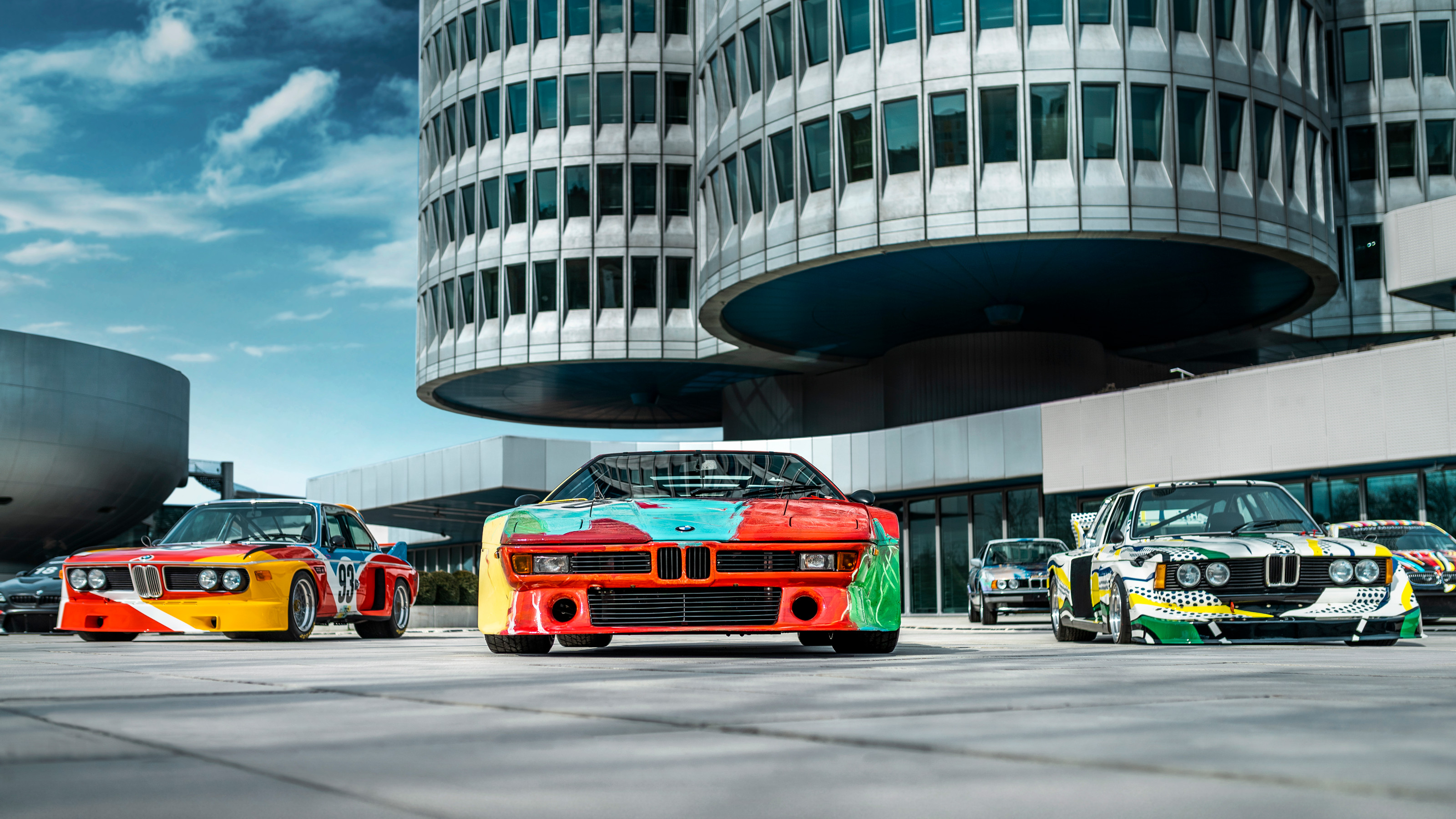 BMW celebrates half a century of its pioneering Art Car project with exhibitions and more
BMW celebrates half a century of its pioneering Art Car project with exhibitions and moreWe present a portfolio of the artists who have contributed to 50 years of BMW Art Cars, including Andy Warhol, John Baldessari, Jenny Holzer and David Hockney
-
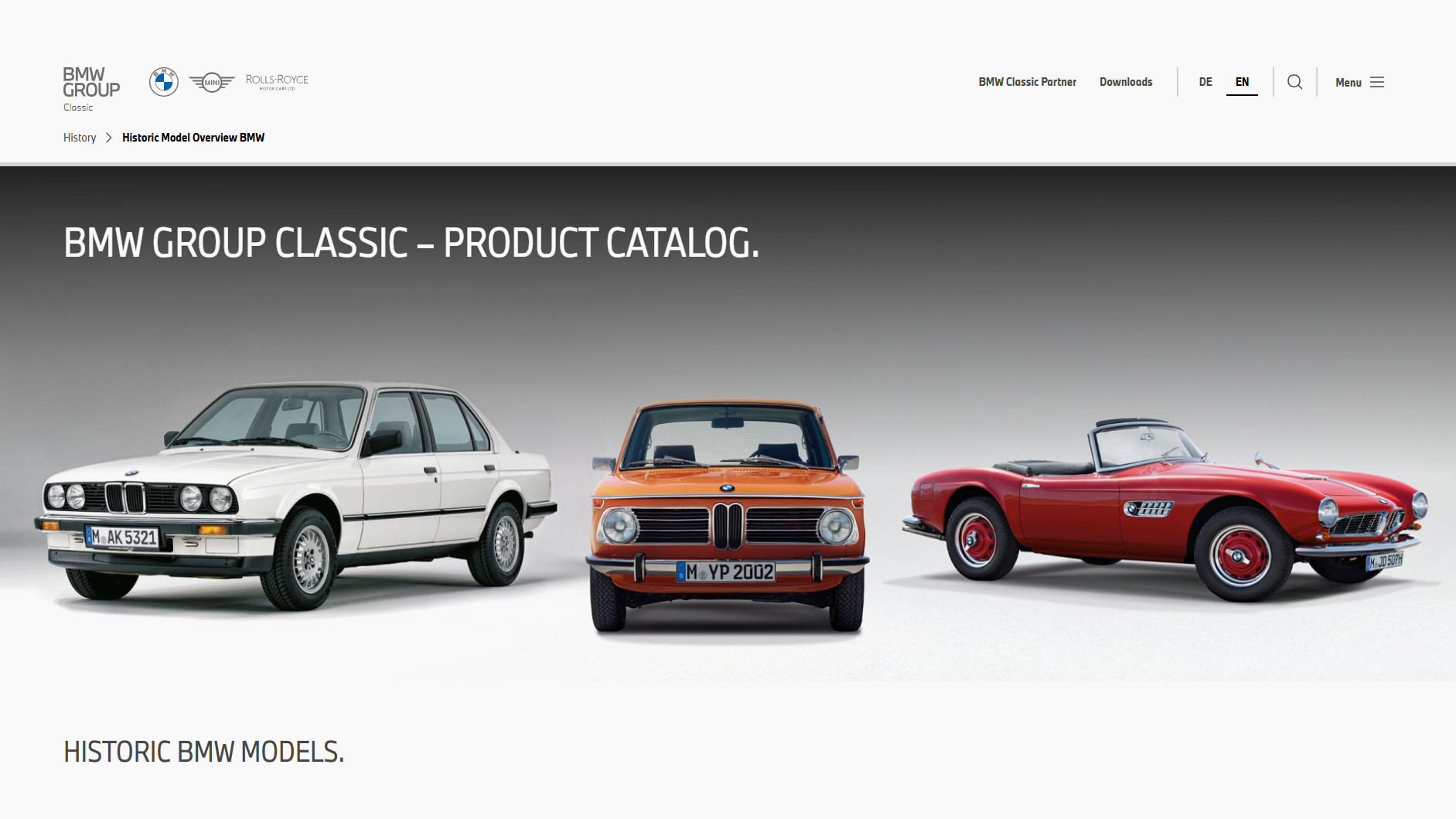 Peruse the new BMW Group Archive to explore the evolution of BMW design over the decades
Peruse the new BMW Group Archive to explore the evolution of BMW design over the decadesFor lovers of the marque, BMW’s commitment to online archiving is second to none. The latest website from the Bavarian manufacturer is this extensive visual catalogue of 80 years’ worth of BMW design
-
 The top 10 concept cars of 2024, as selected by Wallpaper’s Transport Editor
The top 10 concept cars of 2024, as selected by Wallpaper’s Transport EditorWe round up our favourite forays into futuristic design with this collection of concepts and design studies showcasing the transport of tomorrow
-
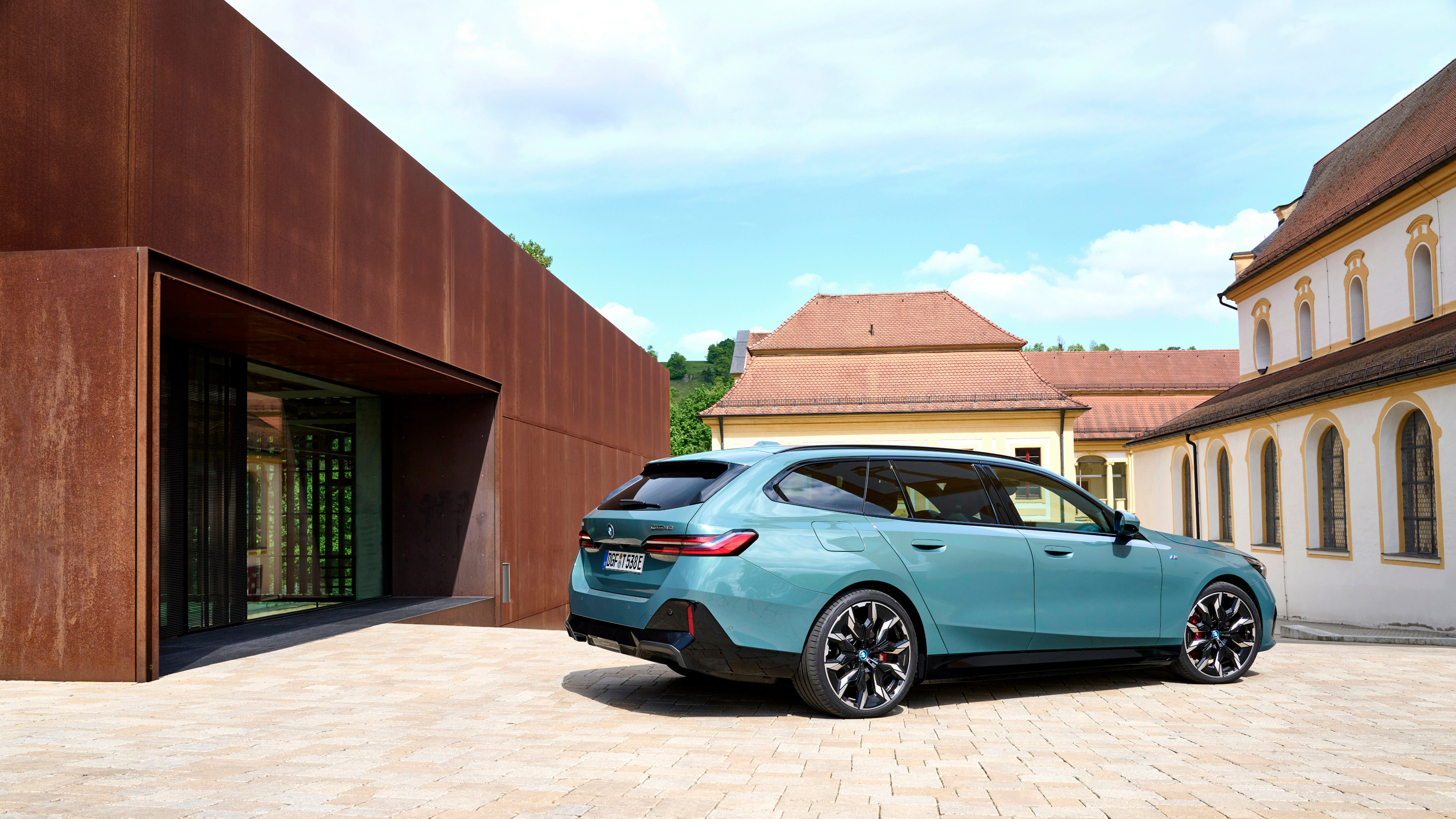 New BMW i5 Touring is an all-electric tech powerhouse that brings the noise
New BMW i5 Touring is an all-electric tech powerhouse that brings the noiseBMW has thrown its considerable expertise into making the i5 eDrive40 M Sport Pro Touring the ultimate zero-emission all-rounder. Jonathan Bell tries it out
-
 BMW’s limited-edition Skytop roadster draws on the past. Could it also predict the future?
BMW’s limited-edition Skytop roadster draws on the past. Could it also predict the future?Just 50 examples of the BMW Skytop are being built, and they’ve all been spoken for. We examine whether this classically styled machine is a harbinger of aesthetic change
-
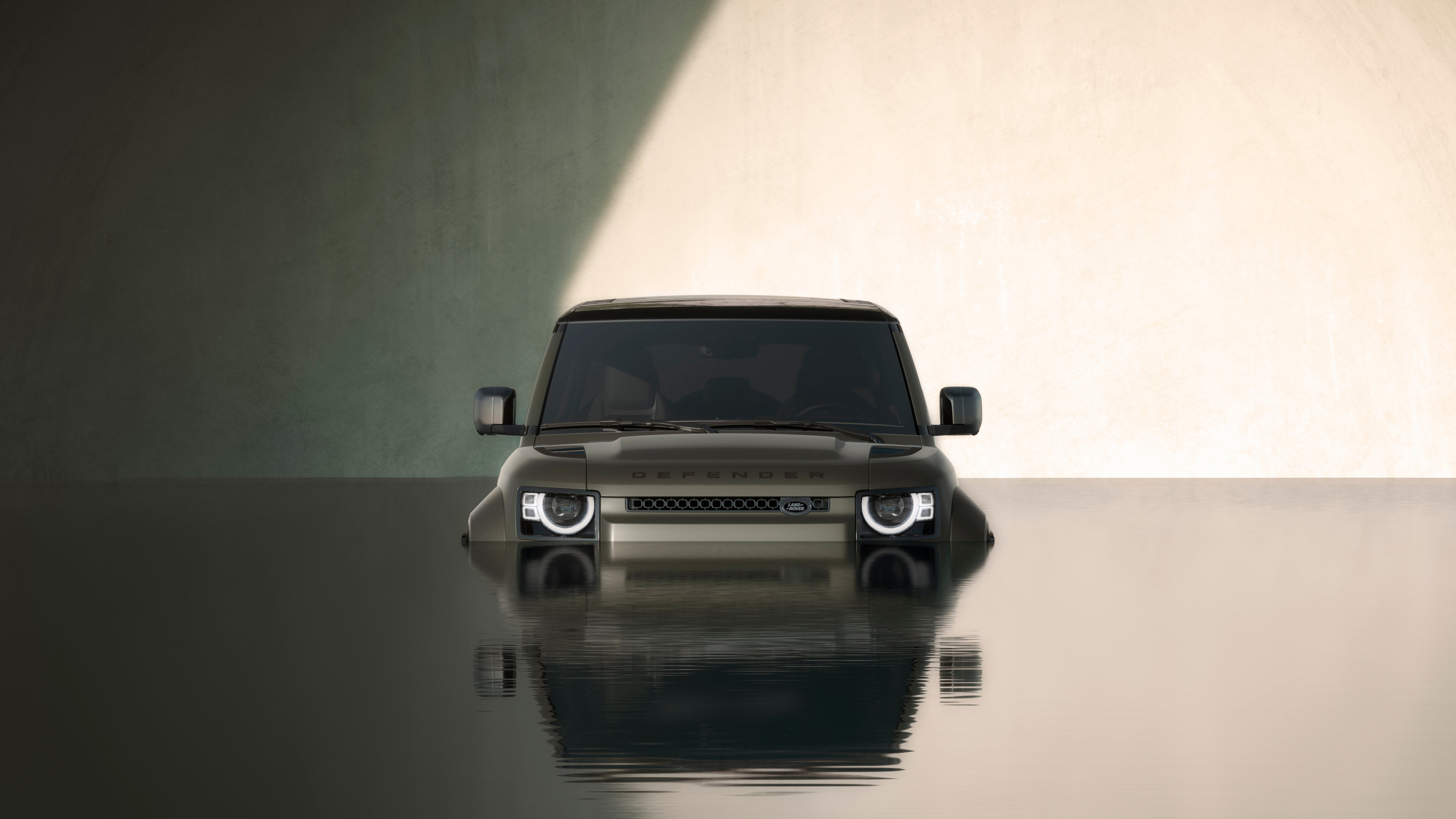 The 2024 Goodwood Festival of Speed hosted a wealth of auto innovation, from hypercars to hot hatches
The 2024 Goodwood Festival of Speed hosted a wealth of auto innovation, from hypercars to hot hatchesThe best new SUVs, EVs, hatchbacks and supercars to emerge from the 2024 Goodwood Festival of Speed
-
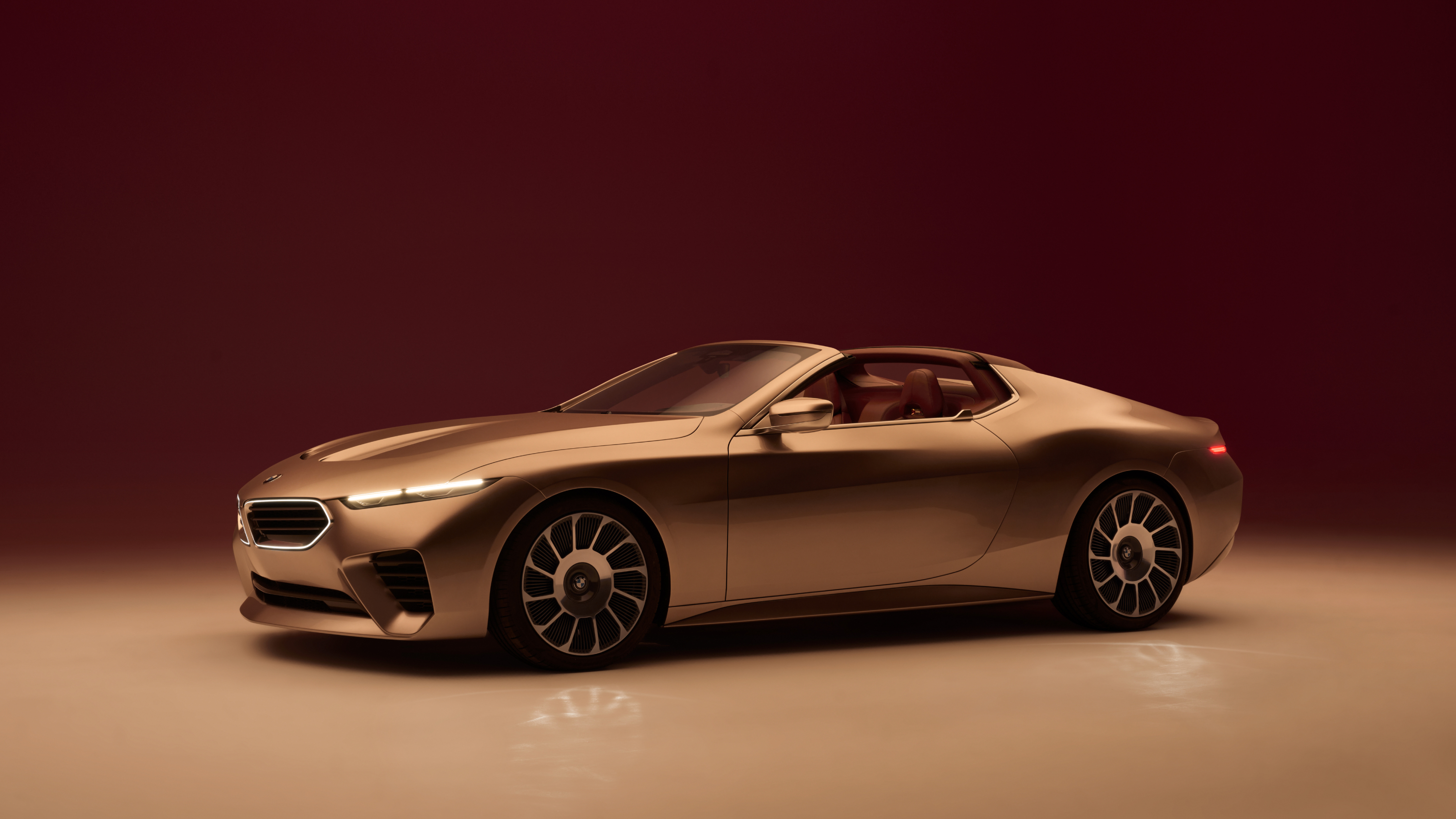 The Concept Mercedes-AMG PureSpeed and BMW Concept Skytop offer drop-top dreams
The Concept Mercedes-AMG PureSpeed and BMW Concept Skytop offer drop-top dreamsBMW and Mercedes-AMG open up with two new convertible concepts, one pitched at performance, the other at the spirit of the good life